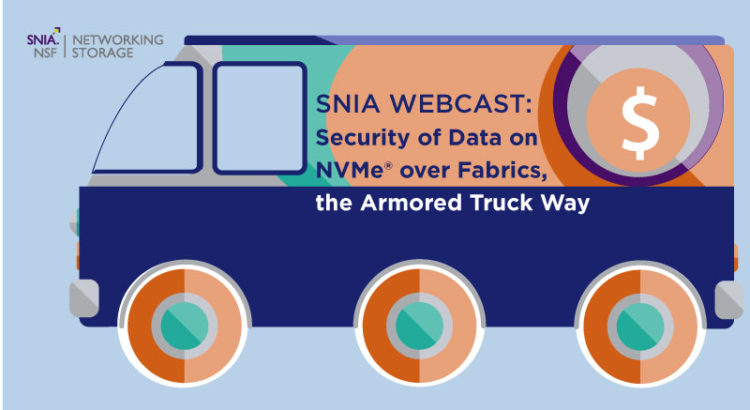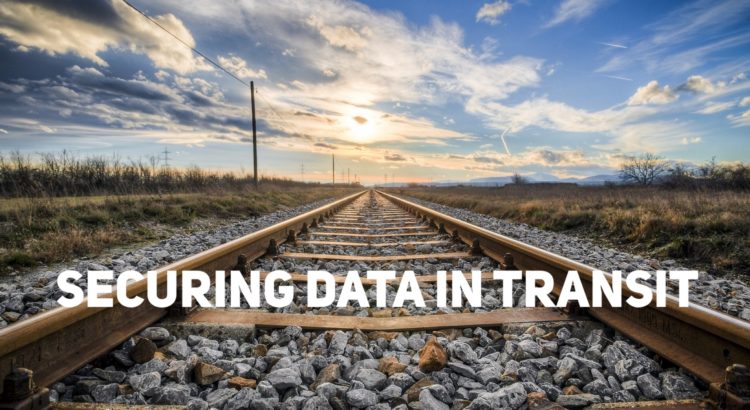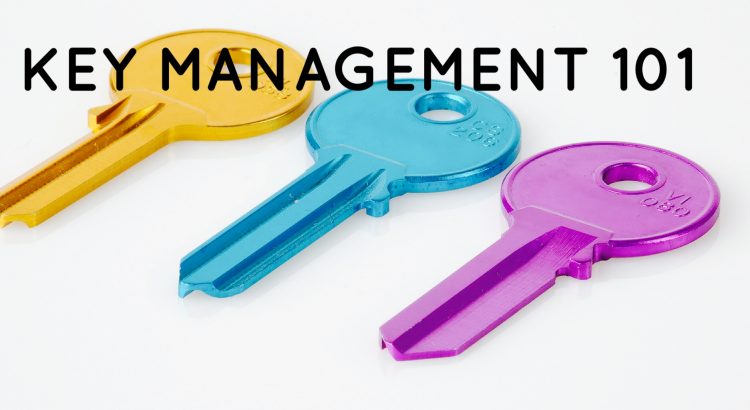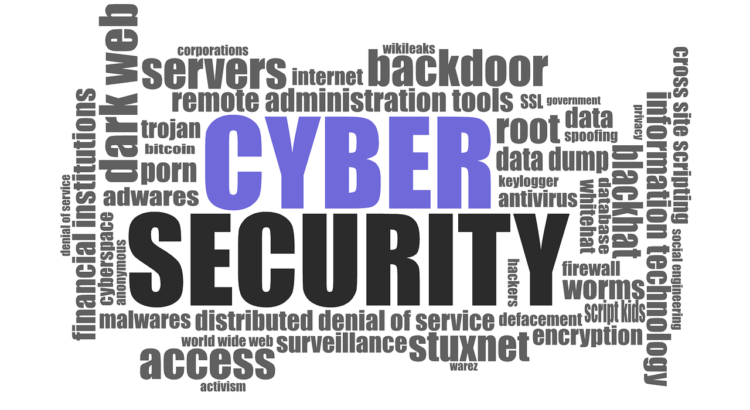The complex and changeable structure of edge computing, together with its network connections, massive real-time data, challenging operating environment, distributed edge cloud collaboration, and other characteristics, create a multitude of security challenges. It’s a topic the SNIA Networking Storage Forum (NSF) will take on as our “Storage Life on the Edge” webcast series continues. Join us on April 27, 2022 for “Storage Life on the Edge: Security Challenges” where I’ll be joined by security experts Thomas Rivera, CISSP, CIPP/US, CDPSE and Eric Hibbard, CISSP-ISSAP, ISSMP, ISSEP, CIPP/US, CIPT, CISA, CDPSE, CCSK as they explore these challenges and wade into the debate as to whether existing security practices and standards are adequate for this emerging area of computing. Our discussion will cover:
Read MoreTag: Storage Security

Protecting NVMe over Fabrics Data from Day One, The Armored Truck Way
With ever increasing threat vectors both inside and outside the data center, a compromised customer dataset can quickly result in a torrent of lost business data, eroded trust, significant penalties, and potential lawsuits. Potential vulnerabilities exist at every point when scaling out NVMe® storage, which requires data to be secured every time it leaves a server or the storage media, not just when leaving the data center. NVMe over Fabrics is poised to be the one of the most dominant storage transports of the future and securing and validating the vast amounts of data that will traverse this fabric is not just prudent, but paramount.
Read More
How Can You Keep Data in Transit Secure?
It’s well known that data is often considered less secure while in motion, particularly across public networks, and attackers are finding increasingly innovative ways to snoop on and compromise data in flight. But risks can be mitigated with foresight and planning. So how do you adequately protect data in transit? It’s the next topic the SNIA Networking Storage Forum (NSF) will tackle as part of our Storage Networking Security Webcast Series. Join us October 28, 2020 for our live webcast Securing Data in Transit.
In this webcast, we’ll cover what the threats are to your data as it’s transmitted, how attackers can interfere with data along its journey, and methods of putting effective protection measures in place for data in transit. We’ll discuss:
Read More
Non-Cryptic Answers to Common Cryptography Questions
The SNIA Networking Storage Forum’s Storage Networking Security Webcast Series continues to examine the many different aspects of storage security. At our most recent webcast on applied cryptography, our experts dove into user authentication, data encryption, hashing, blockchain and more. If you missed the live event, you can watch it on-demand. Attendees of the live event had some very interesting questions on this topic and here are answer to them all:
Q. Can hashes be used for storage deduplication? If so, do the hashes need to be 100% collision-proof to be used for deduplication?
A. Yes, hashes are often used for storage deduplication. It’s preferred that they be collision-proof but it’s not required if the deduplication software does a bit-by-bit comparison of any files that produce the same hash in order to verify if they really are identical or not. If the hash is 100% collision-proof then there is no need to run bit-by-bit comparisons of files that produce the same hash value.
Q. Do cloud or backup service vendors use blockchain proof of space to prove to customers how much storage space is available or has been reserved?
Read More
Key Management 101
There’s a lot that goes into effective key management. In order to properly use cryptography to protect information, one has to ensure that the associated cryptographic keys themselves are also protected. Careful attention must be paid to how cryptographic keys are generated, distributed, used, stored, replaced and destroyed in order to ensure that the security of cryptographic implementations is not compromised.
It’s the next topic the SNIA Networking Storage Forum is going to cover in our Storage Networking Security Webcast Series. Join us on June 10, 2020 for Key Management 101 where security expert and Dell Technologies distinguished engineer, Judith Furlong, will introduce the fundamentals of cryptographic key management.
Key (see what I did there?) topics will include:
Read MoreIntroducing the Storage Networking Security Webcast Series
This series of webcasts, hosted by the SNIA Networking Storage Forum, is going to tackle an ambitious project – the scope of securing data, namely storage systems and storage networks. Obviously, many of the concepts and realities contained in this series are going to be broadly applicable to all kinds of data protection, but there are some aspects of security that have a unique impact on storage, storage systems, and storage networks.
Because of the fact that security is a holistic concern, there has to be more than “naming the parts.” It’s important to understand how the pieces fit together, because it’s where those joints exist that many of the threats become real.
Understanding Storage Security and Threats
This presentation is going to go into the broad introduction of security principles in general. This will include some of the main aspects of security, including defining the terms that you must know, if you hope to have a good grasp of what makes something secure or not. We’ll be talking about the scope of security, including threats, vulnerabilities, and attacks – and what that means in real storage terms.
When you look at the holistic concept of security, one of the most obvious places to start are the threats to the physical realm. Among the topics here, we will include: ransomware, physical security, self-encrypting drives, and other aspects of how data and media are secured at the hardware level. In particular, we’ll be focusing on the systems and mechanisms of securing the data, and even touch on some of the requirements that are being placed on the industry by government security recommendations.
This is a subject so important that it deserves its own specific session. It is a fundamental element that affects hardware, software, data-in-flight, data-at-rest, and regulations. In this session, we’re going to be laying down the taxonomy of what encryption is (and isn’t), how it works, what the trade-offs are, and how storage professionals choose between the different options for their particular needs. This session is the “deep dive” that explains what goes on underneath the covers when encryption is used for data in flight or at rest.
In order to effectively use cryptography to protect information, one has to ensure that the associated cryptographic keys are also protected. Attention must be paid to how cryptographic keys are generated, distributed, used, stored, replaced and destroyed in order to ensure that the security of cryptographic implementations are not compromised.
This webinar will introduce the fundamentals of cryptographic key management including key lifecycles, key generation, key distribution, symmetric vs asymmetric key management and integrated vs centralized key management models. Relevant standards, protocols and industry best practices will also be presented.
Getting from here to there, securely and safely. Whether it’s you in a car, plane, or train – or your data going across a network, it’s critical to make sure that you get there in one piece. Just like you, your data must be safe and sound as it makes its journey. This webcast is going to talk about the threats to your data as it’s transmitted, how interference happens along the way, and the methods of protecting that data when this happens.
Securing the Protocol
Different storage networks have different means for creating security beyond just encrypting the wire. We’ll be discussing some of the particular threats to storage that are specific to attacking the vulnerabilities to data-in-flight. Here we will be discussing various security features of Ethernet and Fibre Channel, in particular, secure data in flight at the protocol level, including (but not limited to): MACSec, IPSec, and FC-SP2.
It’s impossible to discuss storage security without examining the repercussions at the regulatory level. In this webcast, we’re going to take a look at some of the common regulatory requirements that require specific storage security configurations, and what those rules mean in a practical sense. In other words, how do you turn those requirements into practical reality? GDPR, the California Consumer Privacy Act (CCPA), other individual US States’ laws – all of these require more than just ticking a checkbox. What do these things mean in terms of applying them to storage and storage networking?
Securing the System: Hardening Methods
“Hardening” is something that you do to an implementation, which means understanding how all of the pieces fit together. We’ll be talking about different methods and mechanisms for creating secure end-to-end implementations. Topics such as PCI compliance, operating system hardening, and others will be included.
Obviously, storage security is a huge subject. This ambitious project certainly doesn’t end here, and there will always be additional topics to cover.
For now, however, we want to provide you with the industry’s best experts in storage and security to help you navigate the labyrinthian maze of rules and technology… in plain English.
Please join us and register for the first webcast in the series, Understanding Storage Security and Threats on October 8th.
